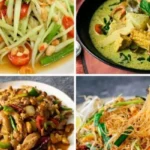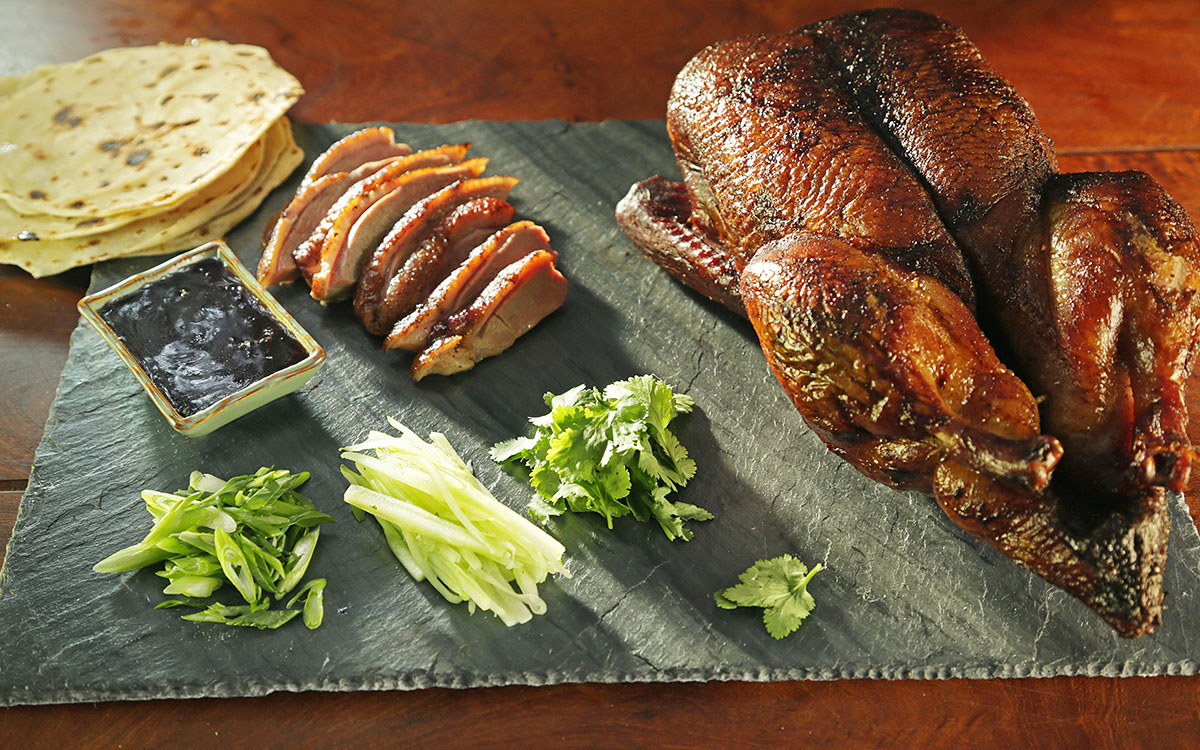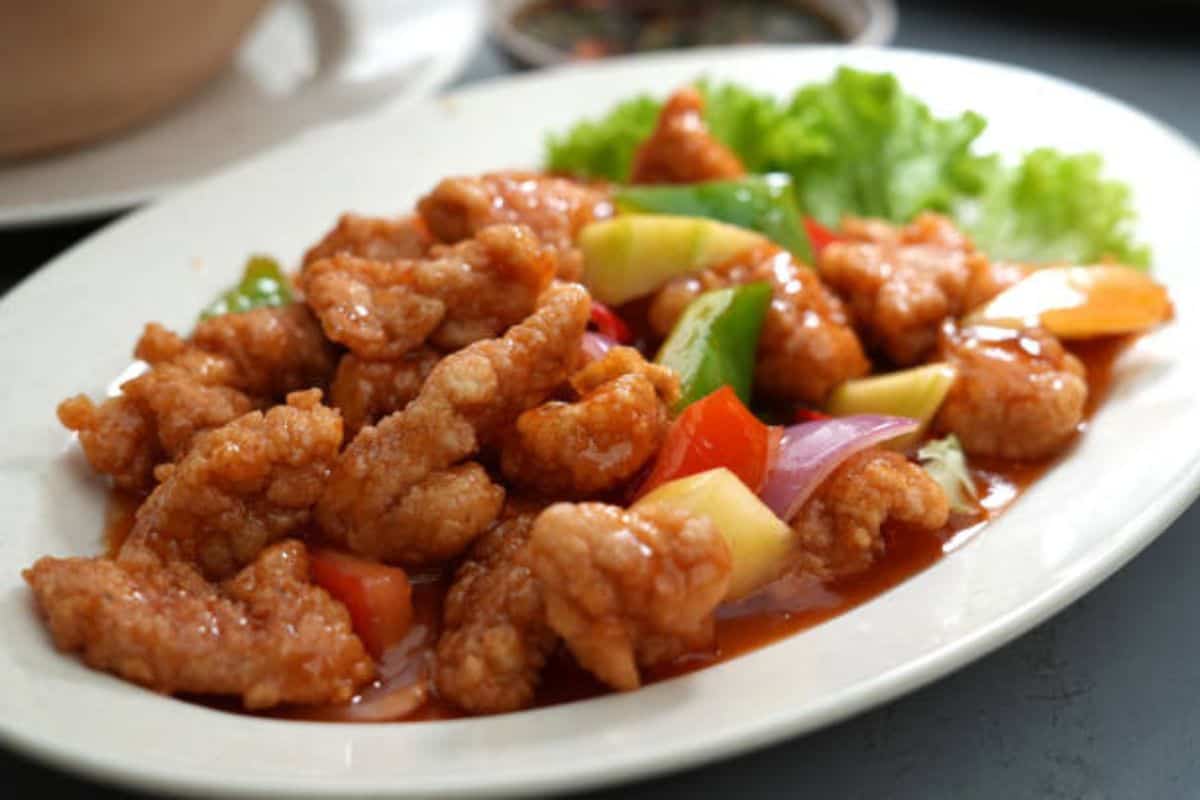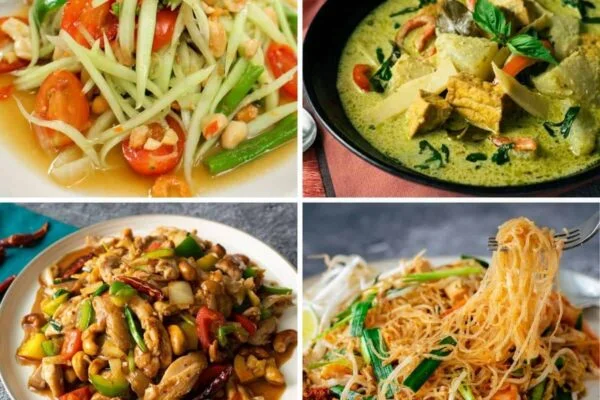An Harmonic Combining of Tang and Spice
Culinary masterwork recognised for its vivid mix of sour and spicy tastes, Hot and Sour Soup has delighted palates all around. Particularly Chinese, this famous soup—which is distinguished by its rich broth, silky texture, and well-balanced mix of opposing tastes—has a great position in several Asian cuisines. Its adaptability, consoling warmth, and distinctive flavour character have made it a popular meal eaten in homes and restaurants all around. Examining the elements that have helped Hot and Sour Soup remain so famous, this thorough article explores its interesting beginnings, many preparations, culinary skills, cultural relevance, and worldwide variations.
Background and Origins: a Culinary Juggling Act
Though the precise time and location of its invention are still somewhat unknown, Hot and Sour Soup originated in ancient China. While some culinary historians say the soup came from northern China, most likely during the Song Dynasty (960–1279 AD), others propose a later source in Sichuan region, noted for its strong and fiery tastes.
Though its exact beginnings are unknown, Chinese cuisine has long tradition in balancing hot and sour tastes in cooking. A basic component of Chinese culinary philosophy, this idea stresses the harmonic interaction of opposing tastes. This custom probably led to the development of Hot and Sour Soup since it aimed to produce a meal with a stimulating and gratifying mix of flavours.
Regional Variations: An Ingredient and Flavour Spectrum
Though the basic idea of Hot and Sour Soup is still the same, regional variances exist and each presents a different take on this traditional cuisine:
Soup (酸辣湯, Suān là tāng) Sichuan Hot and Sour This is maybe the most well-known variant since its strong and fiery taste characterises. Usually cooked in a thick broth flavoured with vinegar, white pepper, and chilli oil, it calls for wood ear mushrooms, bamboo shoots, tofu, shredded pork or chicken.
Often boasting a thicker broth and a more noticeable sourness from vinegar, Northern Chinese Hot and Sour Soup often leans softer in spiciness than Sichuan style. It might also call for things like day lily buds, eggs, and wheat gluten.
Featuring a lighter broth and ingredients including prawns, scallops and crab meat, Cantonese Hot and Sour Soup is frequently sweeter and less spicy than other variations.
Important components: Flavor’s Building Blocks
Several important components help to define Hot and Sour Soup’s unique taste sensation:
- Usually derived from chicken or hog bones, a rich and savoury broth forms the basis of the soup.
- Vinegar: With several varieties, such rice vinegar or black vinegar, utilised depending on the regional variance, vinegar offers the sour component.
- White pepper gives the soup a distinctive scent and a subdued spice.
- Chilli Oil or Chilli Peppers: With the degree of spiciness dependent on the area and personal taste, these offer the hot component.
- Soy sauce gives the soup umami and a salinity.
- Commonly used for their distinctive texture and earthy taste, mushrooms include shiitake and Wood ear mushrooms, sometimes referred to as black fungus.
- Bamboo Shoots taste somewhat sweet and have a crisp texture.
- Tofu is a smooth texture source of protein.
- Often added for extra taste and protein are shredded pig, poultry, prawns, scallops or crab meat.
- Often drizzled near the end of cooking, beaten eggs create delicate ribbons of egg in the soup.
- Usually used to thicken the soup, cornstach or arrowroot starch produces a smooth, velvety texture.
The Craft of Preparation: Methodologies and Timeframes
Making real Hot and Sour Soup calls for exact time and technique:
Cooking the broth: A good quality broth is important for a soup with taste. Usually, it is prepared for several hours by boiling chicken or hog bones.
Get ready the ingredients: Usually, the veggies and protein are cooked separately before being included to the broth.
Juggling the Ingredients: A decent Hot and Sour Soup is only good if the flavors—hot, sour, salted, and savory—are balanced. This calls for deliberate ingredient sampling and adjustment. Usually added towards the end of cooking, thickening agents produce a smooth, velvety feel. Drizzling the beaten eggs gently into the soup slowly and swirling creates lovely ribbons of egg.
Cultural Importance and Worldwide Adaptations: An Culinary Ambassador
Enjoyed all throughout the globe, hot and sour soup has evolved into a culinary ambassador of Asian cuisine. Restaurants and residences all around have chosen it because of its distinctive taste sensation and cosiness.
Chinese restaurants in Western nations commonly provide Hot and Sour Soup as an appetiser. It’s also starting to be a common takeaway and delivery option.
Nutritional Worth and Health Benefits: A Suitable Meal
Depending on the particular components utilised, Hot and Sour Soup can have a number of health advantages. The broth offers water and vital nutrients; the vegetables and protein supply vitamins, minerals, and fibre. Chilli peppers’ spiciness can also help metabolism be stimulated.
Modern Interpretations and Culinary Innovations: An Ongoing Evolution
Modern home cooks and chefs are experimenting with Hot and Sour Soup adding fresh foods, methods, and taste combinations. Using tofu, mushrooms, and other plant-based foods, vegetarian and vegan versions have also grown rather popular.
In essence, a timeless classic of flavourful harmony.
The ongoing appeal of Hot and Sour Soup is evidence of its distinctive taste sensation, cosiness, and adaptability. This soup never fails to delight and inspire from its ancient Chinese roots to its present global gastronomic icon. It captures the vitality of Asian food, its capacity to adapt and combine inspirations while keeping its basic nature. Hot and Sour Soup is a timeless classic whether eaten as a light dinner, a warming appetiser, or a soothing cold cure. It is the ideal illustration of how precisely harmonised tastes may produce a very remarkable dining experience. Its narrative is a mouthwatering fusion of history, culture, and gastronomic creativity, evidence of the ability of food to cross boundaries and unite people via common dining experiences. Globally for decades to come, the harmonic mix of tang and spice will surely be adored.











useful information